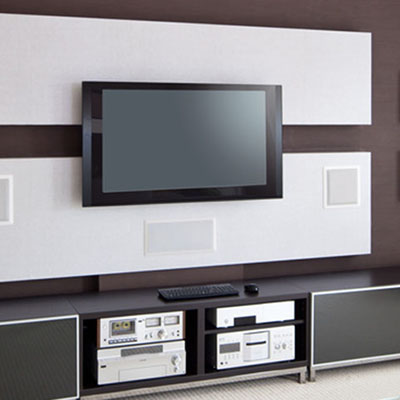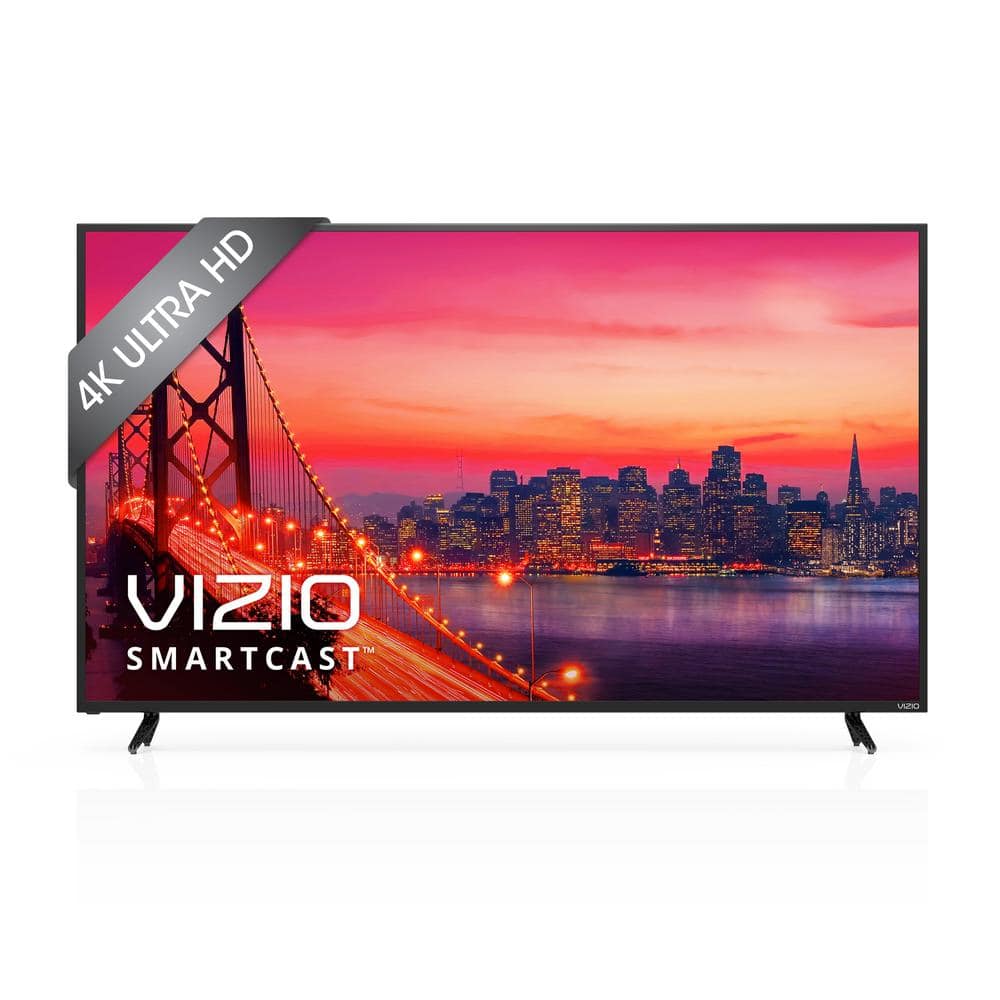Best Flat Screen TVs for Your Home

Last updated August 21, 2024
With recent advances in flat screen television technology, prices are decreasing while the number of features and options are increasing. They also offer placement versatility as you can mount, display on a stand or position them on a mantel and lean against the wall.
This buying guide highlights the technology behind flat panel TVs, size and placement options and definition characteristics.
Need it today? We'll deliver on your schedule. Order before noon for convenient scheduled same-day delivery.
Table of Contents
LCD vs. Plasma
TV Types
Size and Placement
Definition Specifications
LCD vs. Plasma
Flat panels offer many benefits, including getting rid of glare and a wider viewing angle.
- LCD and plasma TVs can broadcast in high definition, but not every flat panel TV has the capacity for HD broadcasts.
- LCD stands for liquid-crystal display where light passes through pixels that each have red, green and blue components used to create a myriad of colors and textures.
- Plasma utilizes gases such as neon and xenon that, when charged with electricity, generate ultraviolet light. The light is filtered through different-colored phosphors to create millions of different colors.
TV Types
Size and Placement
Flat panel TVs can range in size from 10 inches up to 100 inches.
- The size you choose should be based on how large the room is where you are installing the TV, as the larger the screen, the farther away you need to sit for comfortable viewing.
- Some can be mounted to the ceiling or wall using TV mounts for greater versatility.
- Some can be mounted to the ceiling or wall using TV mounts for greater versatility. for greater versatility.T for greater versatility.
- Avoid mounting plasma TVs over the fireplace as the heat may adversely affect them.
Definition Specifications
Flat panel TVs need to be at least 720 pixels high to show enhanced definition programming.
- Look for TVs with HDMI input for the highest quality picture.
- USB connections allow you to connect digital and video cameras, DVD players, VCRs and video game consoles.
- High contrast ratios, such as 1000:1, provide better separation of light and dark colors for a sharper picture.
- Make sure the brightness level is appropriate for the size of the room.
- Tuners should have signal input via satellite, cable or over-the-airwaves.


























